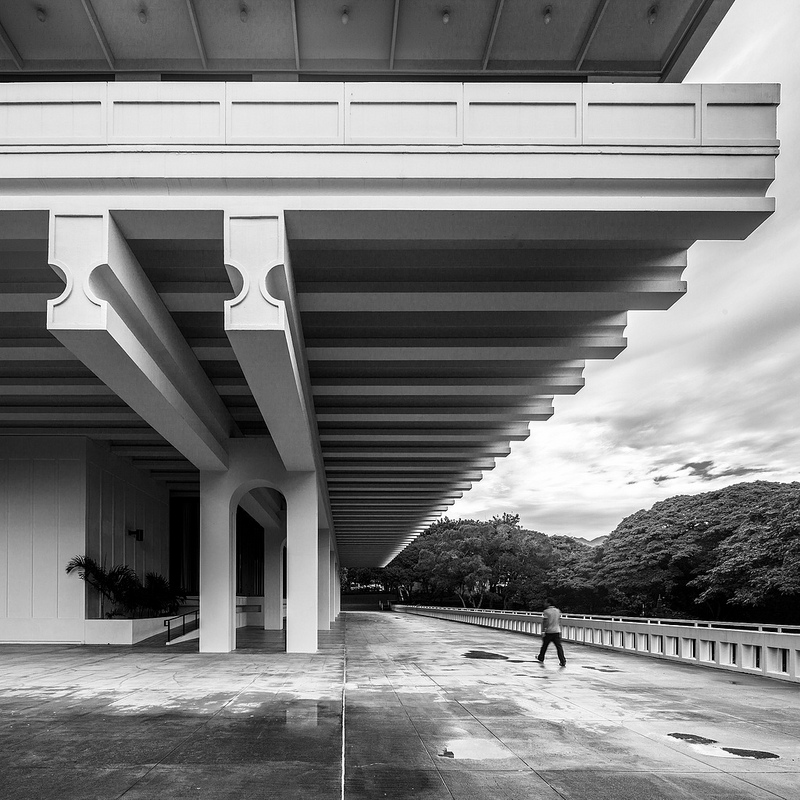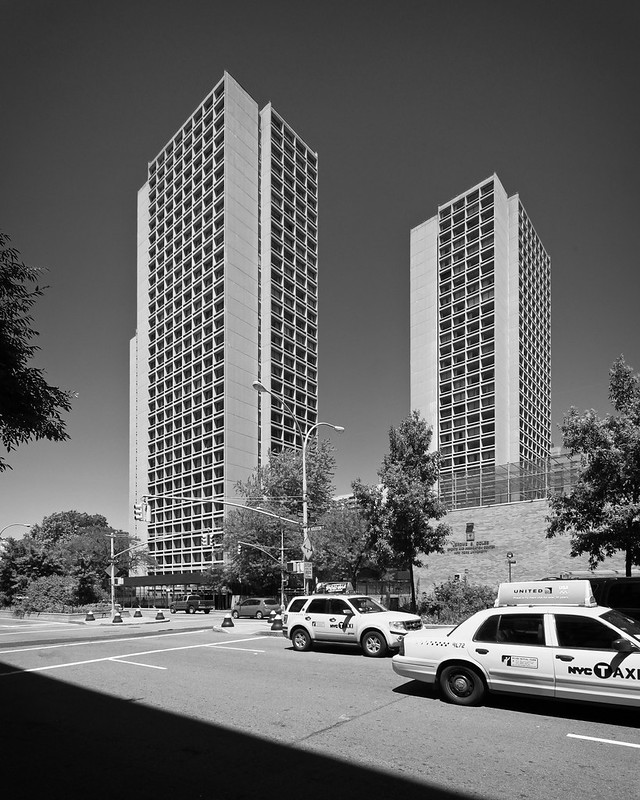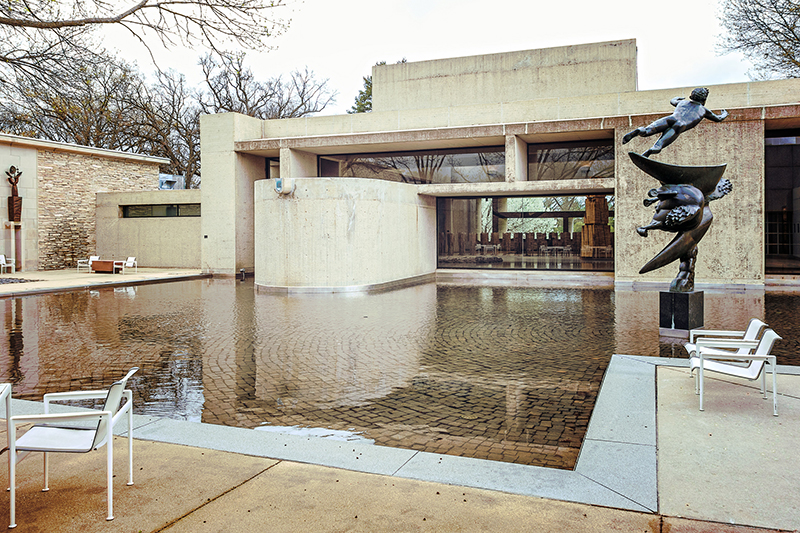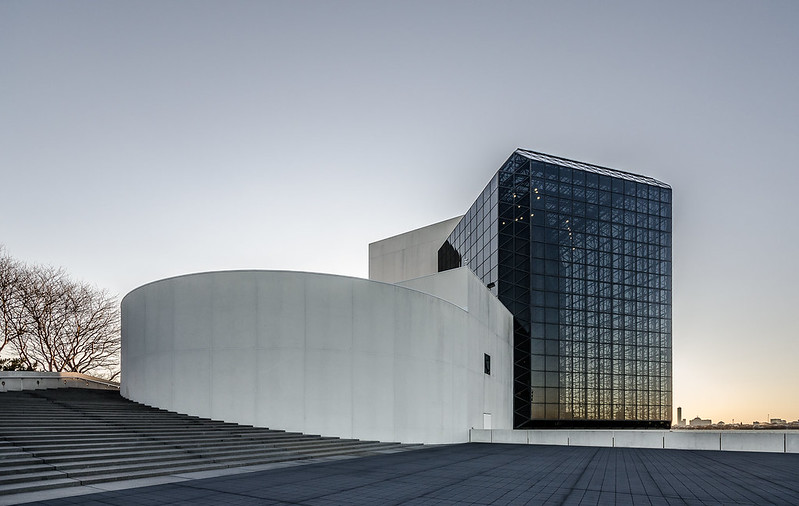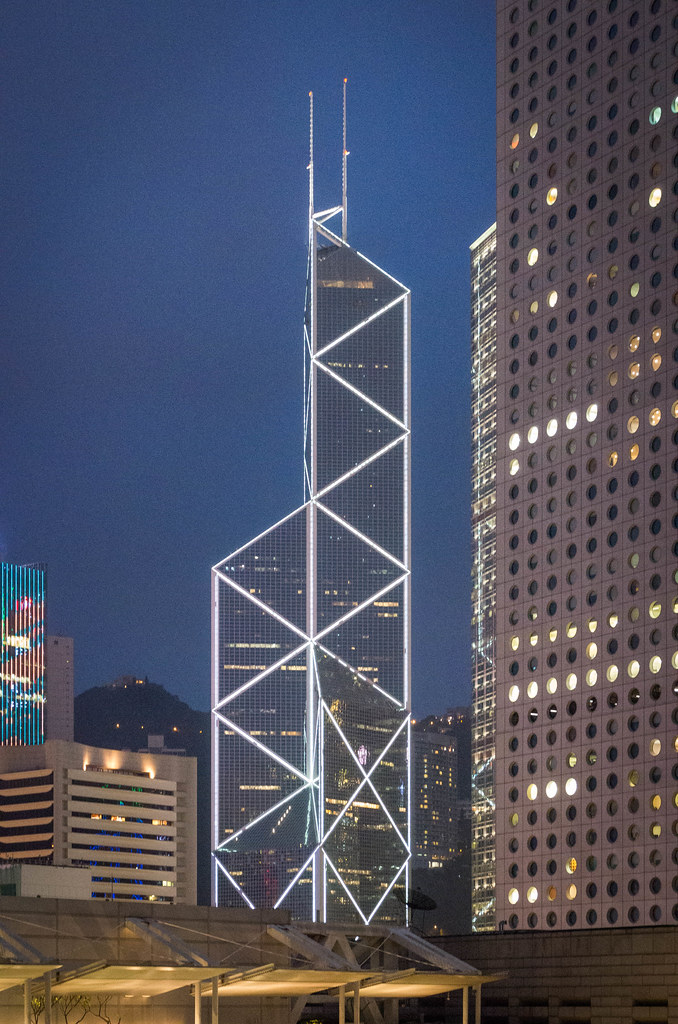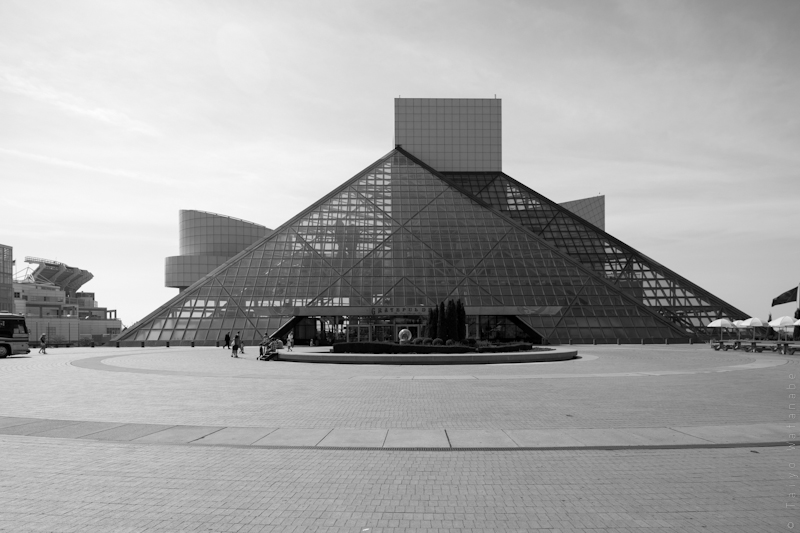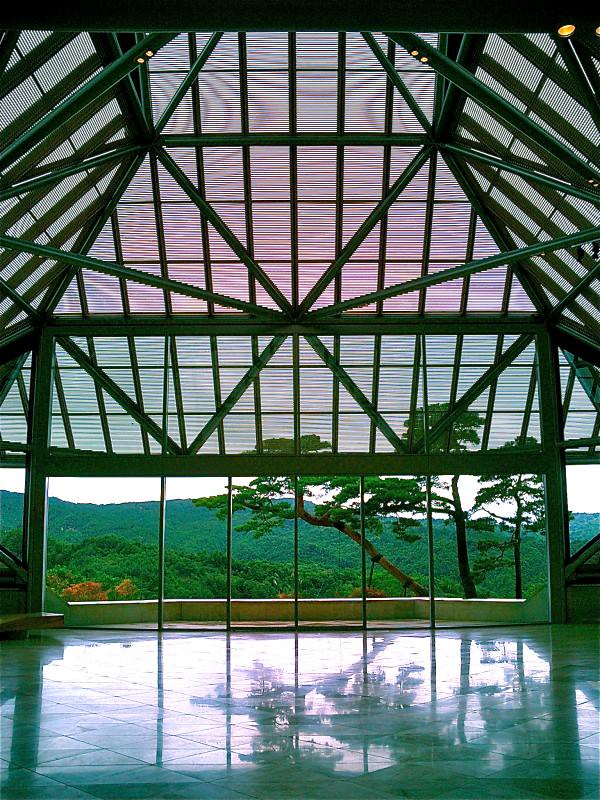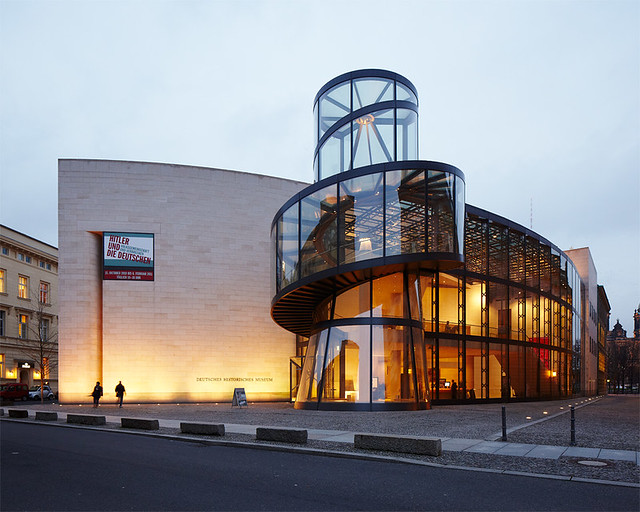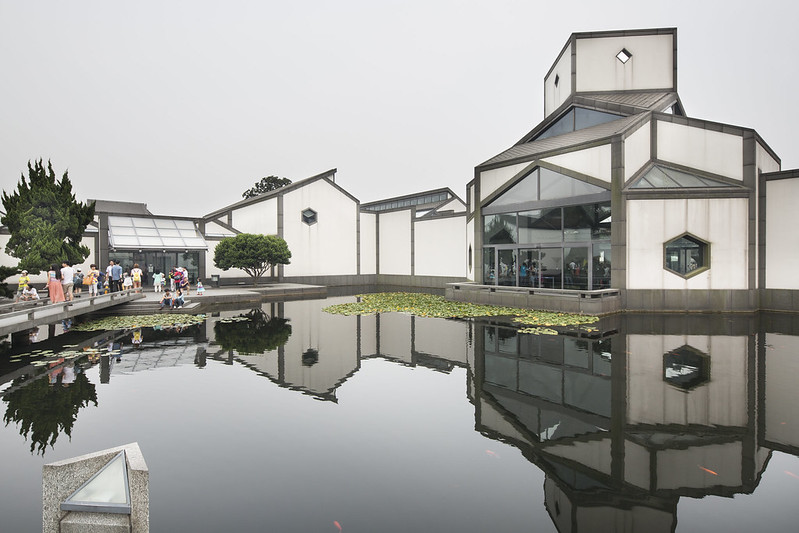Renzo Piano: The Complete Logbook by Renzo Piano
Thames and Hudson, 2017
Hardcover, 420 pages
This Building Likes Me: The Work of John Wardle Architects by John Wardle Architects
Thames and Hudson, 2016
Hardcover, 440 pages
The cover of the updated version of Renzo Piano’s Logbook is appropriate, since the architect’s sketches are as singular and distinctive as his buildings. Although I’m not certain which project the sketch represents, the inclusion of a sailing boat says as much about Piano as the building’s waterfront site. Among the more than 70 projects included in the Logbook are the sailing boats Piano designed from 1960 to 2007. A reflection of his love of sailing, the boats were also a means of testing out materials and ideas that would be applied to buildings. It would be hard to have an office sited on a hillside overlooking the Mediterranean (photo below) and not carry on a love with the water.
[Punta Nave, Genoa, Italy, 1991 | Photo: Fregoso & Basalto, courtesy of Thames & Hudson]
I never had a copy of the first Logbook, which was published in 1997, so I can’t compare the two, but for fans of the Renzo Piano Building Workshop, like me, the book is sure to be a delight. In some ways it functions like a smaller version of the multi-volume “Complete Works” authored by Peter Buchanan (I have volume 4, so I can make something of a comparison), most notably in how some projects are presented in detail and all of them include numerous types of illustrations (drawings, models, materials, construction), not just photos of the completed buildings. But Logbook is all Piano’s words, so reading it is like having a conversation with the architect, whose humbleness and collaborative nature is reflected in the preference for “we” over “I” and of course in the name of his firm.
[The Whitney Museum of American Art, New York City, 2015 | Photo: Nic Lehoux, courtesy of Thames & Hudson]
The 70-odd RPBW projects span from his “early works” in the 1960s to such buildings as the Whitney Museum of American Art that opened a couple years ago. They are presented chronologically by start date, so the book includes long-range projects like Columbia’s Manhattanville Campus that are only partially done. All of the projects are built to some degree, but the Logbook also includes a list of in-progress projects (so many) as well as a complete list of works that goes beyond those presented. Other pieces of back matter include information on the workshop, a biography on Piano and his partners, a team photo, and a selected bibliography – an invitation to read even more about Piano and his buildings.
[Spread from This Building Likes Me | Image source]
The previous monograph on Australia’s John Wardle Architects was Volume, which came out in 2009 and which I reviewed on this blog. That book’s strong focus on process, its rich layering of information, and overall high level of quality continue with This Building Likes Me, what has to be one of the most refreshing names for an architectural monograph, at least since Simon Velez’s Grow Your Own House. The name of JWA’s latest book hints at a couple things: the way their buildings are designed to work well from a user’s perspective and the way the architects work with their clients to produce the best possible outcomes. The fruits of their efforts are illustrated in fourteen carefully presented projects and an even larger number of essays (both written and photographed) by those within and outside of the now 30-year-old firm.
[Spread from This Building Likes Me | Image source]
The firm’s most well known building – one produced since Volume – is certainly the Melbourne School of Design, a collaboration with Boston’s NADAAA that was completed in 2014. The pairing was not a design architect looking for a local architect, as is the case in so many design competitions and international commissions; it was, in the words of MSD dean Andrew Hutson in his essay, “Competing Interests,” a “true partnership.” The project’s paired structure also finds a parallel in the way the monograph is laid out (done with editor Justine Clark): Projects are presented in pairs rather than individually. One might think then that MSD would be paired with a project like JWA’s earlier Melbourne Grammar School, given the geographical and typological overlaps. Instead, it’s the Bruny Island “Making” Projects, which are “a series of projects designed and partly constructed by people within the practice while working with local carpenters, stonemasons and farmers.” So collaboration is the common theme in this pair, and it is one of the most important aspects of JWA’s success, evident in their reciprocally “likable” buildings.
from A Daily Dose of Architecture http://ift.tt/2ooomIH
via IFTTT
Like this:
Like Loading...

